Page
1 | Page 2 | Back to
Work Page
The
first group of alternative service workers was sent to Montreal
River Camp, near Sault Ste. Marie, Ontario. This site, on the shores
of Lake Superior, had formerly been a lumber camp. Beginning in
July 1941, however, it became a CO work camp. The main work project
was the extension of the Trans-Canada Highway. The COs were charged
with constructing this road through the rugged Canadian Shield.
Ben
Bergen was in the second group of COs who went to Montreal River.
“Our
first work day [in Montreal River] was December 10, 1941. The
suits disappeared and everyone brought out their own work clothes.
The work consisted of rock drilling, blasting, and shovelling
stones and gravel onto a dump truck by hand. We also had to fell
trees and haul them away. We were working on Highway 17. It was
a far cry from what it is now. We were cutting a road that would
later become part of the Trans Canada Highway.” [ASM,
55-58]
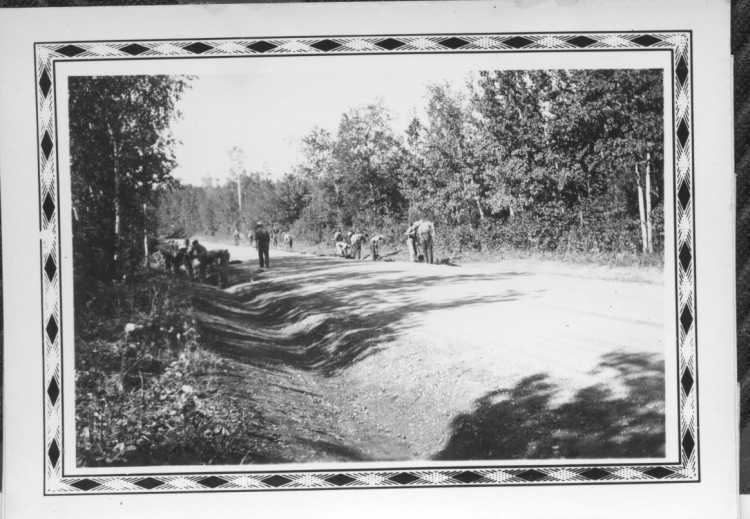 |
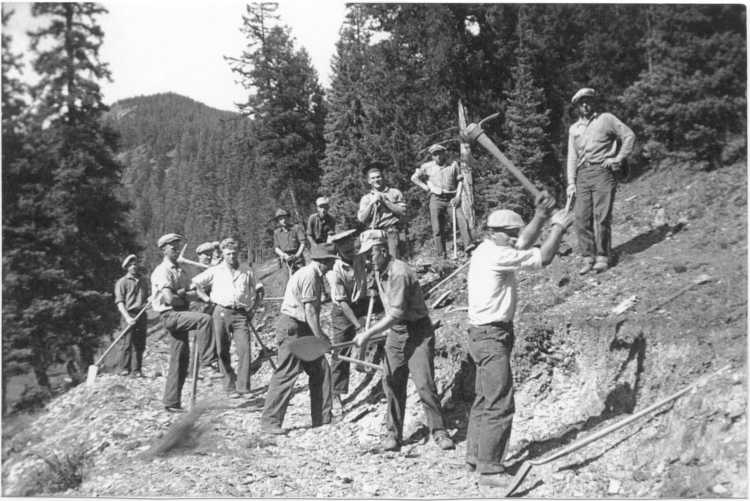 |
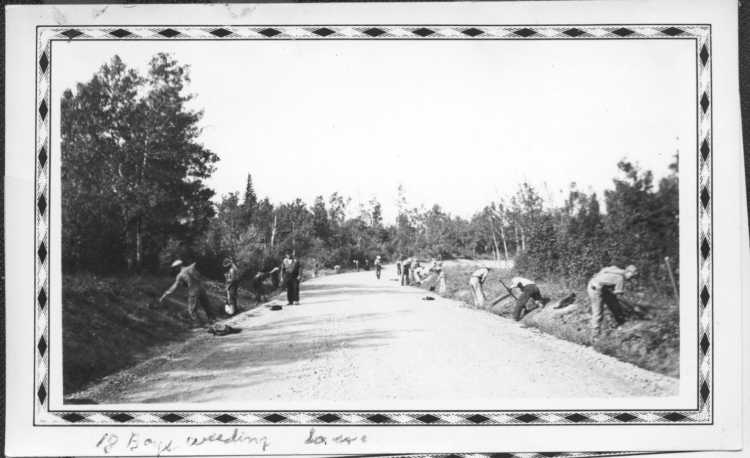 |
| COs clearing the road-side at Clear Lake |
Building the road along Miette River near Camp Giekie, Jasper
Park |
Eighteen COs working on the road-side Clear Lake |
Historian
John Toews wrote one of the earliest accounts of alternative service
during the Second World War. “It is of interest to note,” he wrote,
“that the Surveys and Engineering Brach found that this camp produced
the most work per man-day of any camps then in operation in which
non-conscientious objectors were employed who were paid at prevailing
prices.” [Toews, 76]



The
COs in Montreal River were later transferred to national parks and
the BC Forestry Service as part of a diversification of the alternative
service program. Many, however, continued to build roads. In total,
COs constructed or
improved 881 km of roads during the Second World War. As part
of this, they also built 656 culverts and 49 bridges. As part of
the BC Forestry Service alone, where roughly half the road building
was done, COs spent over 51,000 man days (140 man years) on these
projects. They did not have modern power equipment so much of the
work was done by hand or with horses.
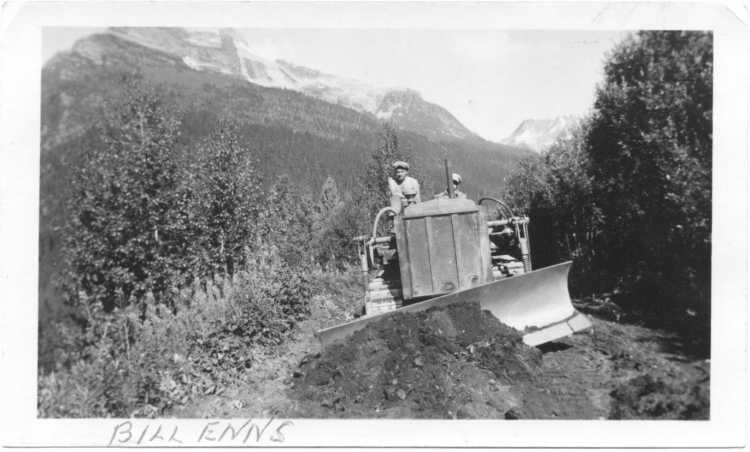 |
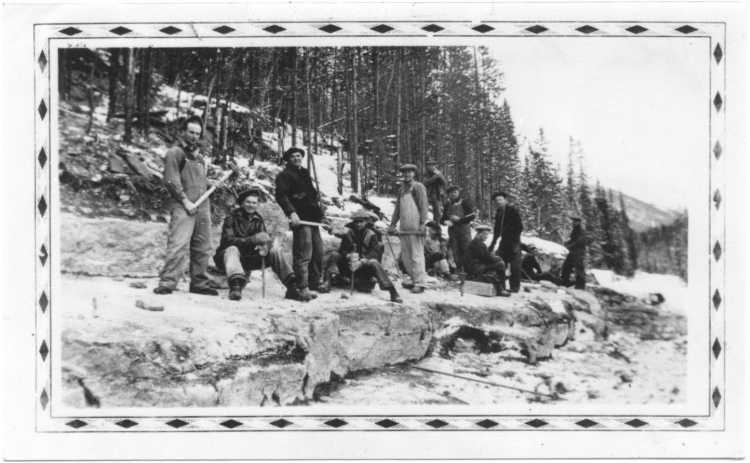 |
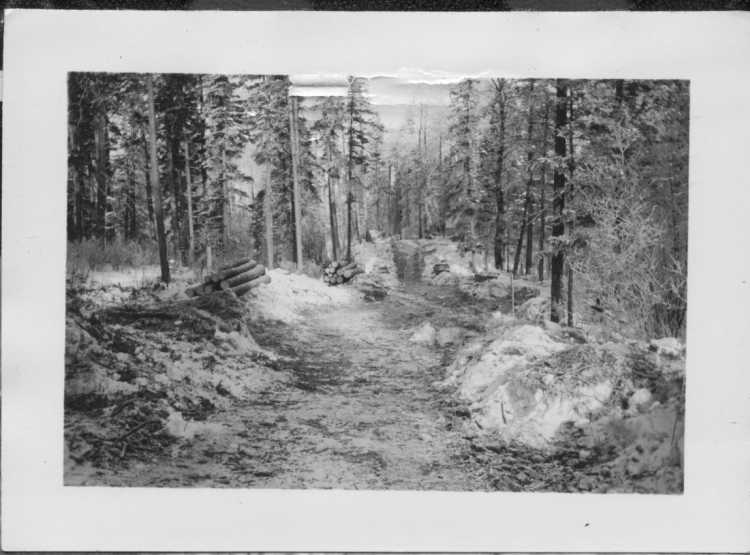 |
| Lincoln Shantz and Bill Enns on a bulldozer. |
Road building |
Road building at Clear Lake |
Page
1 | Page 2 | Back to
Work Page
|


